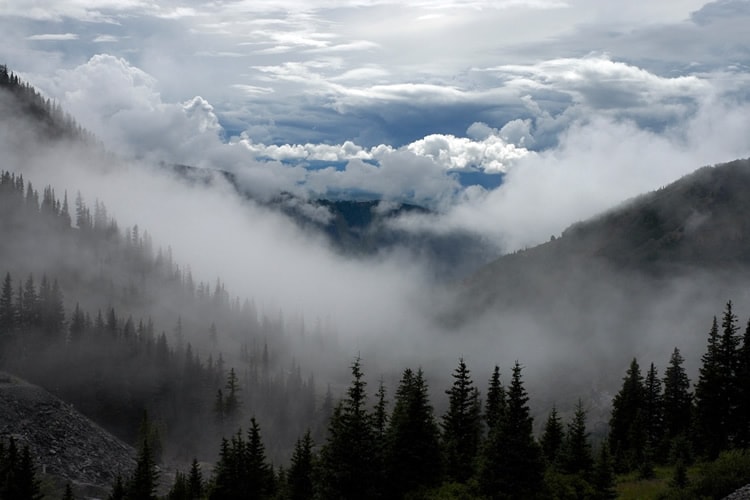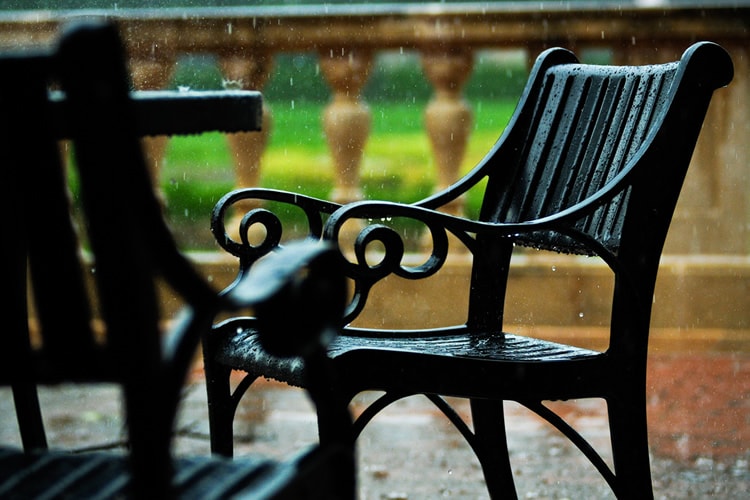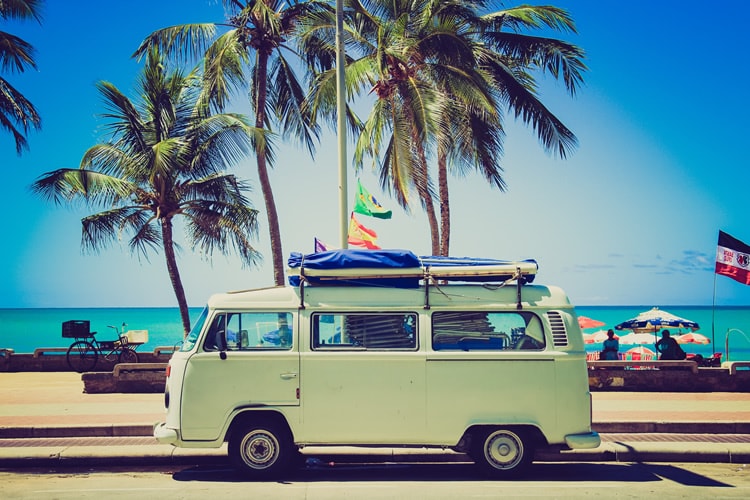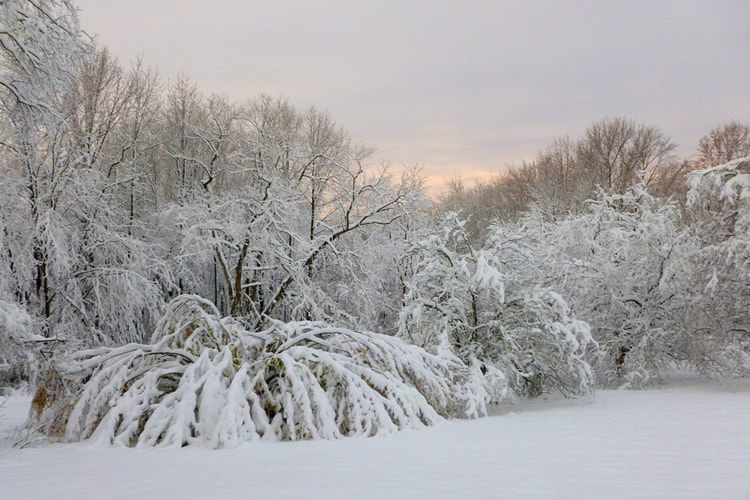Learning to Take Perfect Shots in Any Weather Condition… In No Time Flat
One of the most challenging aspects of being a photographer is that you have absolutely no control over the weather. It can come out of nowhere to just ruin any location shoot, so you really have to keep a watch on the weather forecast. Of course, you can also master taking shots in any weather condition, which is what we’re going to talk to you about today.
Imagine having the power to adapt to any weather condition—any at all—that comes your way on a shoot. That’s obviously a skill that you want to master as a photographer! So whatever may come, you’re always going to be on top of it. The photographer who isn’t intimidated by and can handle any weather situation is also going to be more in-demand than the next guy who can’t.
So not only is mastering weather conditions good for your professional development… it’s also good for your pocketbook. Let’s take a look at different weather conditions and what you can do to seamlessly handle each one.
Weather: A Cloudy Day

photo by Tim Mossholder
Overcast days are known for their diffused light. Some photographers feel that they present the ideal conditions for shooting portraits. Typically, shooting in the middle of the day is beneficial, as it doesn’t feature undesirable shadows or strong lighting.
When you’re doing portraits, it’s a good idea to focus on lighting the face, so much so that you should consider using a reflector to bounce extra light into the subjects’ faces. Keep looking at your images to know if you’re either overexposing or underexposing.
Now, if you’re shooting landscapes in this type of weather, you should be wary of the fact that gray skies will never add many interesting elements to a photograph. To get around that challenge, simply wait until stormy weather clouds roll on in, as they incorporate a sense of both dimension and place. Don’t forget that you can always, in post-processing, crop out the undesirable, gray skies, but keep the nice, diffused lighting.
So, to recap again: Diffused lighting is a definite pro of this type of weather condition, but the unattractive gray skies really put a damper on things!
Weather: A Rainy Day

photo by KT King
A rainy day is its own challenge in so many ways. Sometimes, the most obvious solutions are effective, so bring an umbrella to a shooting location when it rains. You should always have an umbrella near you when shooting on location anyway, just in case.
While this is a style preference and quite subjective, a clear umbrella that comes down over one’s head usually looks attractive in photographs. You can also get one that has a splash of color or pattern on it. The idea is just to make the umbrella part of the shoot if you can, which represents an innovative approach to dealing with a rainy day shoot.
Look for areas that are shielded from the rain, such as alleys, under a tree canopy, overhangs, etc. By taking a shot in these types of places, while the rain is falling all around your subjects or landscape, you let the rain tell a story. That’s always an interesting aspect of photography… to let the weather help your cause instead of ruin it.
Setting focal points during rainy weather can be a challenge, so be extra mindful. Oftentimes, the camera’s going to concentrate on the rain drops and blur out the landscape. If that’s not what you’re going for, you’ll get a blurred photograph.
Of course, rainy days mean that you have to protect your gear, too. Yes, you should get coverings to shield all of your gear, but if you’re cash-strapped or just a fan of protecting your gear on a budget, even the most rudimentary covering will work: a grocery bag and tape to wrap around your camera.
So to recap: Rainy days are good for infusing shots with extra dimension and a sense of place and story, but they’re not ideal for both the equipment and your subjects.
Weather: A Sunshiny Day and Hot Temperatures

photo by Caroline Gutman
Regarded by some as the ideal photographing conditions, bright sun and ensuing, hot temperatures create a situation where you have the use of beautiful light and the ability to experiment with shadows. Sure, some think that bright light is bad for portraits, but it all comes down to how you use the light.
A great tip for sunny-day shooting is taking pictures in open shade. This is when you position your subject in a shady part of the frame that’s closer to the light; you’ll also use a reflector to bounce light off him or her. Believe it or not, using flash works, too! The flash should light your subject as you expose for the background.
Of course, when shooting landscapes in the sun, choose something idyllic, such as the beach in full sunlight. You can also practice exposing for both the blue sky and sand at the same time.
As for hotter temperatures, it goes without saying that wearing fewer clothes is a must, especially when shooting in the middle of the afternoon. As a guideline, feel free to shoot only when the temperatures drop below 32 degrees Celsius.
So to recap: Sunny days and hotter temperatures are ideal for shadow experimentation and dressing lightly, but bad for the all-around quality of light and your comfort as well as your subjects’ comfort.
Weather: A Snowy Day

photo by Sheila
If you’re taking pictures as it’s snowing, be sure to cover your camera since it’s essentially the same as shooting in rain. When actually shooting the snow as it’s falling, you can produce interesting results that you’ll keep coming back to for inspiration. Have your subject take of his or her coat in different shots, just to vary the selection of photographs a bit. Sometimes, taking off a coat for a short while doesn’t mean intolerable cold.
When shooting pictures of snow after it’s fallen, ice and other hazards you need to be on the lookout for enter the frame. Keep your camera protected even if it’s stopped snowing…just in case you fall to the ground because you tripped on an unseen hazard buried under all that freshly fallen snow. Because the snow reflects effectively, ensure that you’re metering for the subject and concentrating on not blowing out the snow.
So to recap: Shooting in snow provides a sense of time and is magical, yet the obvious problems are the cold temperatures and the potential damage to your gear.
Master All Situations
As you can see, mastering photography in various weather conditions all really comes down to being prepared and knowing what to expect. So long as you have a realistic understanding of what each weather condition brings with it, you’ll have no (or very little) problems getting the shots that you want.
Certainly, shooting in harsher weather conditions like rain and snow can be psychologically discouraging, but that’s really just a state of mind. When you apply the above tips in these situations, you’ll see how much more efficiently you can get through a shoot!
Now, you have no more excuses to keep you from shooting in all weather types! So get out there and have a go at it, no matter what Mother Nature is up to.
